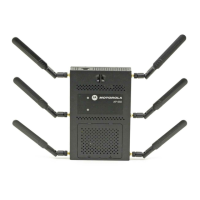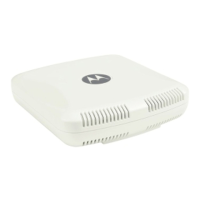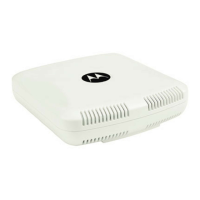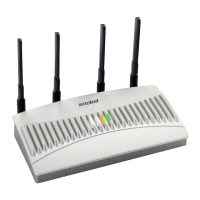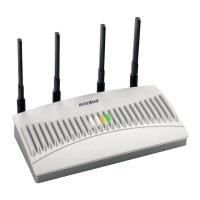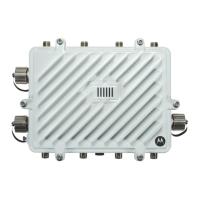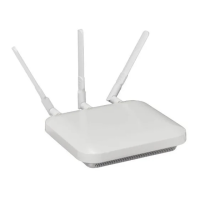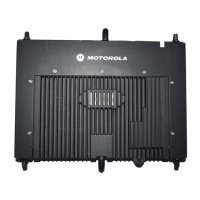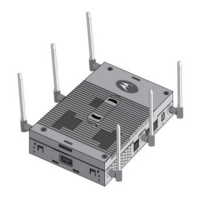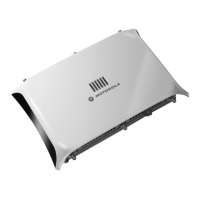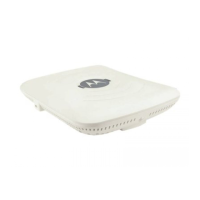Diagnostics
11-3
2. Define the following Customize Event Filters for the Fault Management configuration:
3. Select the Add to Active Filters button to create a new filter and add it to the Active Event Filters
table. When added, the filter uses the configuration defined in the Customize Event Filters field.
4. Refer to the Active Event Filters table to set the following parameters:
a. To activate all the events in the Active Events Filters table, select the Enable All Events button. To
stop event generation, select Disable All Events.
b. To enable an event in the Active Event Filters table, click the event, then select the Activate Defined
Filter button.
5. Select View Events from the upper, left-hand, side of the Fault Management browser.
Severity Set the severity of the event being filtered. Select from the following:
All Severities – All events are displayed irrespective of their severity
Critical – Only critical events are displayed
Error – Only errors are displayed
Warning – Only warnings are displayed
Informational – Only informational events are displayed
Module Select the module from which events are tracked. When a module is selected,
events from other modules are not tracked. Remember this when interested in
events generated by a particular module. Individual modules can be selected
(such as TEST, LOG, FSM etc.) or all modules can be tracked by selecting All
Modules.
Source Set the MAC address of the source device being tracked. Setting a MAC
address of 00:00:00:00:00:00 allows all devices to be tracked.
Device Set the device MAC address for the device from which the source MAC
address is tracked. Setting a MAC address of 00:00:00:00:00:00 allows all
devices.
Remove Filter To remove a filter, click the Click to Remove link located in every row of the
table.
NOTE: Leave the Source, Device and Mobile Unit fields at the default setting of
00:00:00:00:00:00 to allow all MAC addresses.
NOTE: Filters cannot be persisted across sessions. They must be created every time a
new session is established.
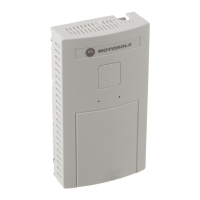
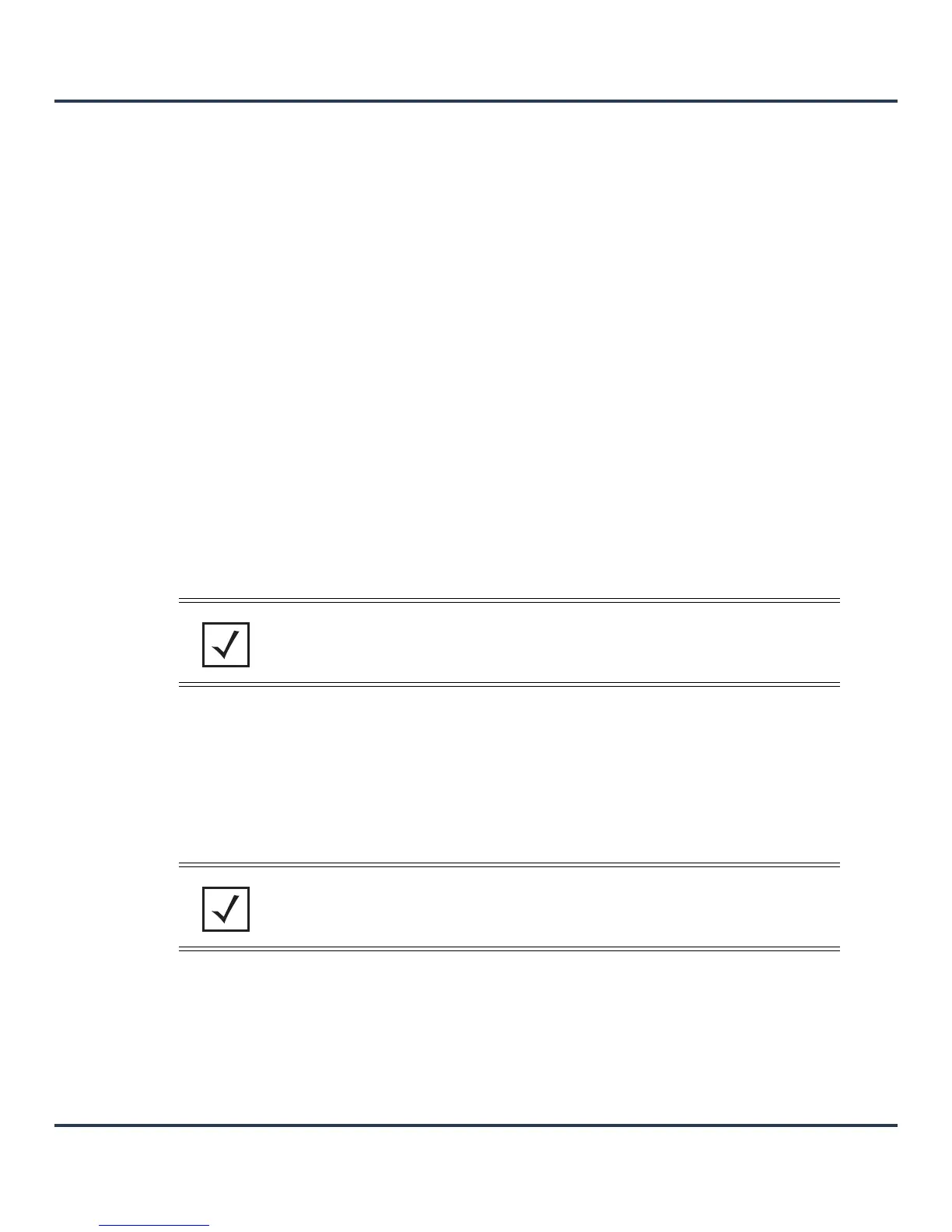